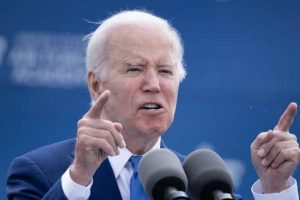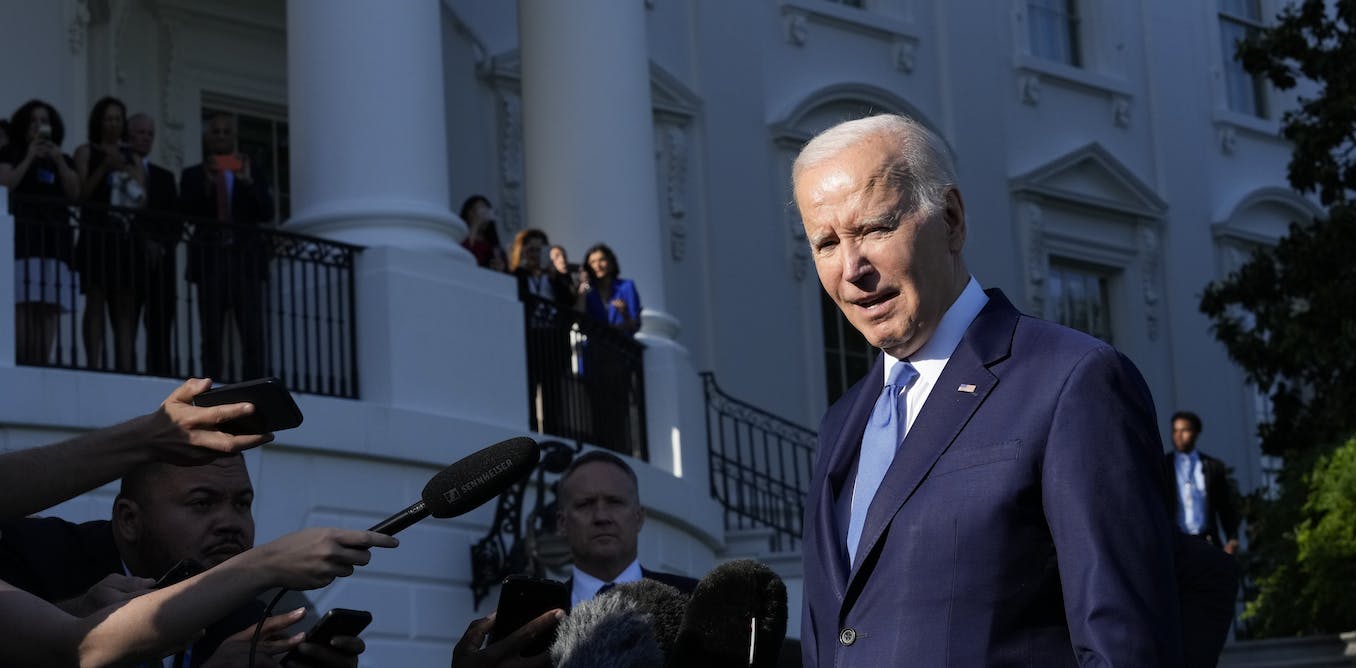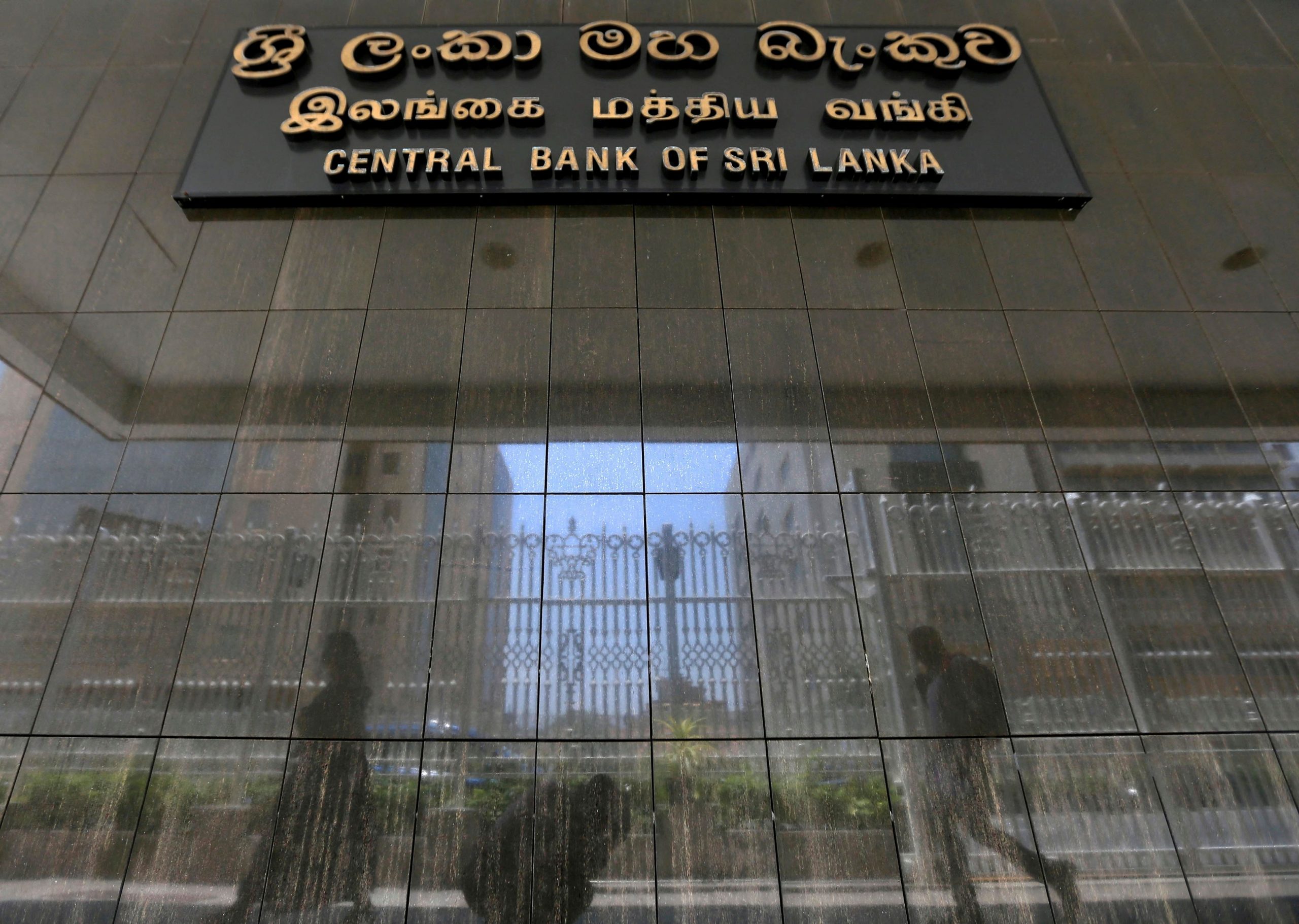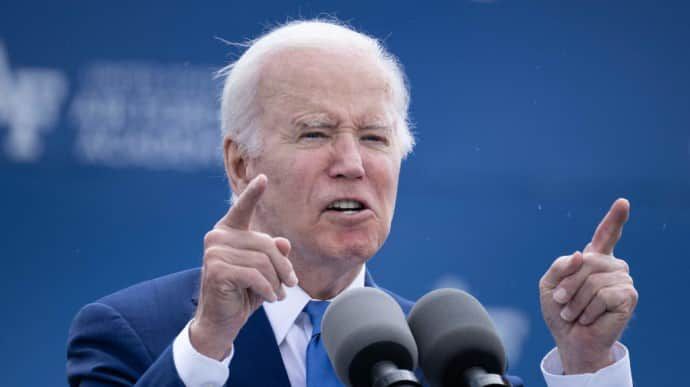In the annals of political farce, there are few spectacles as predictably absurd as the circus that is the debt-ceiling debate. With the U.S. economy and global financial markets hanging in the balance, our lawmakers have, yet again, managed to take us to the brink of economic catastrophe only to then step back, pat themselves on the back, and claim victory for averting a crisis of their own creation.
It would almost be comical if the stakes weren’t so high. Once again, the familiar script was acted out in Washington, D.C. After much posturing and partisan brinkmanship, Republican and Democratic leaders have announced a debt-ceiling deal that they are lauding as a triumph of negotiation and compromise.
The proposed Fiscal Responsibility Act (FRA), endorsed by President Joe Biden and House Speaker Kevin McCarthy, promises to ward off an impending financial calamity. Under this deal, the Treasury will be able to resume issuing debt without having to adhere to an artificial cap on total borrowing. The result? The federal government will be able to meet its financial obligations, averting the risk of defaulting on interest payments or failing to deliver checks to those who rely on them.
Yet, to any rational observer, this narrative is tinged with more than a hint of absurdity. The debt ceiling ‘crisis’ was an entirely avoidable, man-made fiasco. Congress created the problem by imposing an arbitrary limit on borrowing, then ‘resolved’ it by agreeing to relax this self-imposed straitjacket. This isn’t so much a resolution of a crisis as it is a return to the status quo, albeit with much unnecessary drama and hand-wringing along the way.
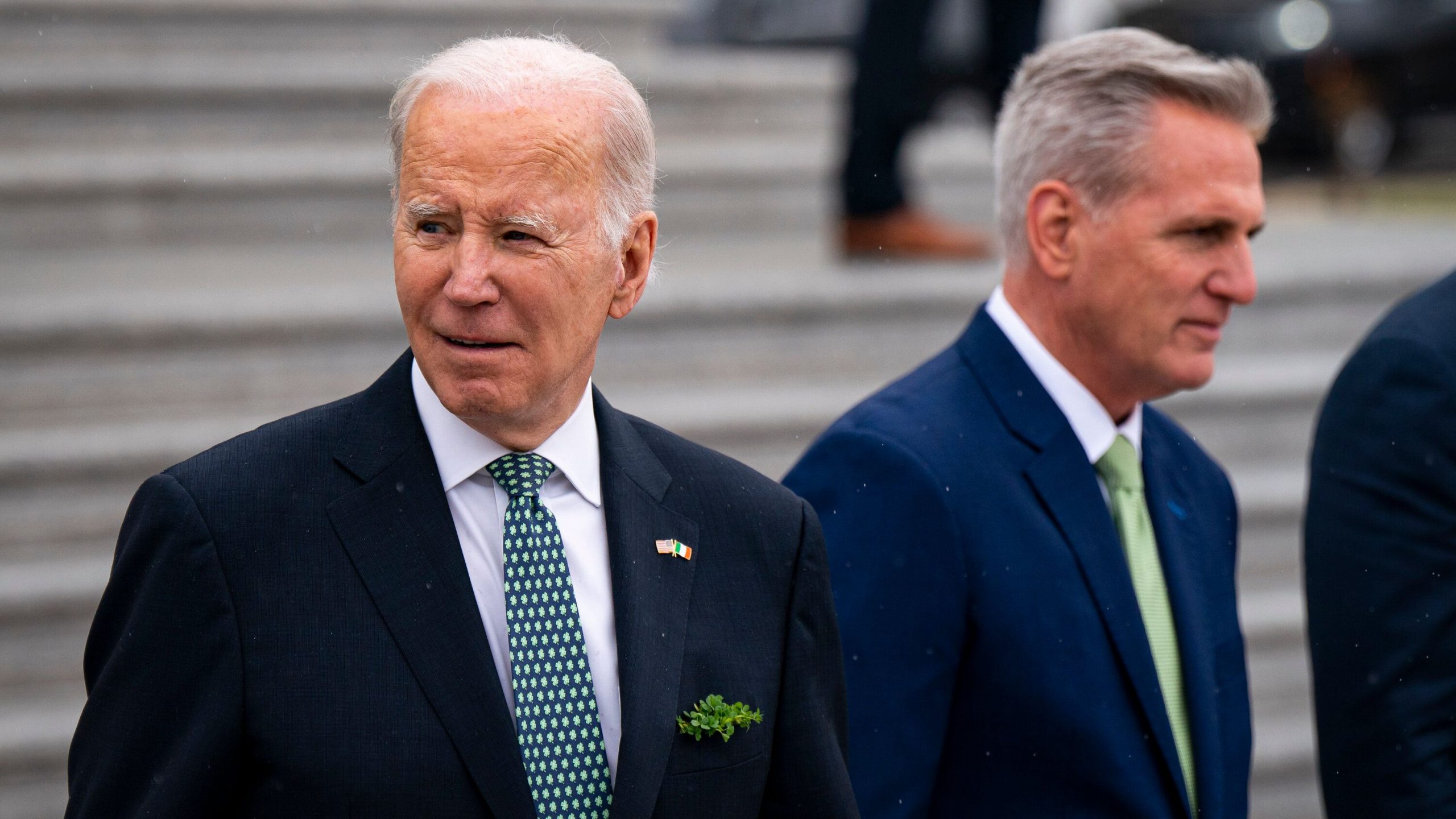
The Fiscal Responsibility Act may look like a step in the right direction, but a closer look reveals it to be a masterclass in political sleight of hand. In return for agreeing to suspend the debt ceiling, Republicans demanded spending cuts that they can present as a victory to their constituents. Yet, the reality is far less impressive. Around 15% of the federal budget will be frozen, and the supposed $2 trillion reduction in federal spending over the next decade relies heavily on budgetary tricks and tenuous “side deals.” It’s no surprise that many are skeptical that the FRA will deliver any meaningful fiscal responsibility.
In the midst of this charade, there is one genuinely encouraging aspect of the FRA: instead of raising the borrowing limit by a specific amount, the bill would suspend the debt ceiling entirely until January 1, 2025. This marks a departure from the custom of setting a fixed borrowing limit, currently set at roughly $31.4 trillion.
A suspension of the debt ceiling until 2025 opens the door to an alternative that many rational analysts would like to see: the total repeal of the debt ceiling. The logic is simple: if the Treasury can borrow indefinitely without needing congressional approval, there would be no more debt-ceiling standoffs, no grandstanding about spending cuts, and no market panic over the United States defaulting on its obligations.
Yet, despite the clear benefits, it seems unlikely that Congress will take this step. The debt ceiling has become a political weapon, wielded most often by Republicans who see it as a means of gaining leverage over Democratic presidents. The fact that these standoffs risk undermining confidence in the U.S., and could potentially increase borrowing costs, seems to be of little concern to those who see the debt ceiling as a tool for political brinkmanship.
Whoever wins the next presidential election will have the opportunity to end this cycle of unnecessary drama. By repealing the debt ceiling, they could put an end to a recurring spectacle that has become a national embarrassment. But will they have the courage to do so? Only time will tell. For now, we can only watch and wait as the debt-ceiling farce plays out once again on the national stage.
©traders-news.online


